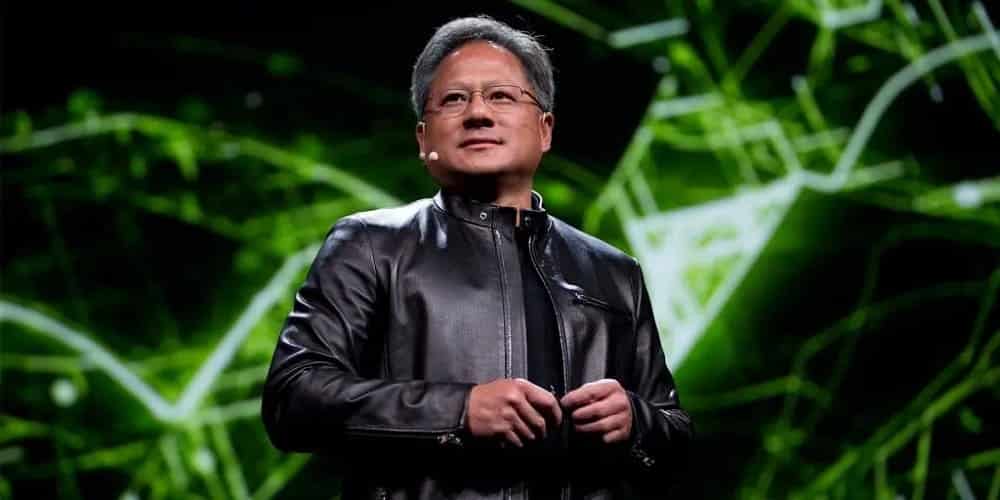While TSMC does not disclose how much it makes from the sale of CPUs, GPUs and specialized processors or SoCs for AI, data centers, HPC and servers, these products use a lot of silicon, so TSMC likely makes tens of billions making those products for its customers. For example, NVIDIA’s GH100 compute GPU has a die size of 814 mm2, while AMD’s Genoa EPYCs use 12 Zen 4-based CCD chipsets, each measuring about 72 mm2 and thus using 864 mm2 of N5 silicon.
NVIDIA was on everyone’s lips last month when its market value surpassed $1 trillion, thanks to the current megatrends in artificial intelligence (AI) and high-performance computing (HPC), there is another company that not only profits greatly from these trends in AI and HPC, but also has dominance over the manufacturing of AI processors.
That company is TSMC, which produces some of the most complex AI and HPC processors ever built, including those from NVIDIA, AMD, Intel, Tenstorrent, Cerebras and Graphcore (just to name a few). NVIDIA’s A100 and H100 GPUs (as well as their A800 and H800 derivatives for the Chinese market), the most popular compute GPUs used for AI and HPC workloads, are made at TSMC, as are AMD’s EPYC CPUs and Instinct GPUs. AI and HPC startups such as Tenstorrent, and developers such as Cerebras also chose TSMC for their products.
AI chip production is dominated by TSMC.
While we don’t have revenue splits for TSMC’s rivals, such as Samsung Foundry and GlobalFoundries, since these companies are far behind the Taiwanese chipmaker, it’s safe to say that TSMC benefits from AI and HPC in general. In particular, it dominates AI GPU shipments, as it makes them for both NVIDIA (which controls more than 90% of shipments) and AMD (which controls less than 10%).
Automotive, Internet of Things (IoT), Smartphones, DCE, High Performance Computing (HPC) and others. These categories encompass any type of chip that is manufactured in TSMC’s facilities. Regardless of whether a chip fits neatly into any of the definitions, segmentation according to production is done in this way primarily to control revenue and margins.
There are peculiarities such as Apple’s CPUs falling within the HPC category, for example, so the numbers we will see should be considered with that perspective. Continuing with the HPC example, this division provided the company with 30% of its revenue, equivalent to $10,389 million in 2019. These numbers have been increasing, as in 2020 it had an increase of 33%, in 2021 37% and in 2022 42%.
Estimates for 2023 suggest that revenue will increase by 50% of the company’s total revenue for the reasons we mentioned above. If we consider that on top of this, as we saw recently, the company keeps increasing its global chip market share, easily surpassing 60% and expected to reach around 65% sometime in 2023, it is safe to say that AI and HPC are filling the coffers of this Taiwanese firm with gold.
That said, as of this year its main competitor will be Intel, which opens its doors after its IDM 2.0 strategy with IFS and MTD, where the foundry system is very similar to the one TSMC has. Will Intel be able to be the differentiating factor that breaks, at least, the chip monopoly?
Source: Digitimes.
